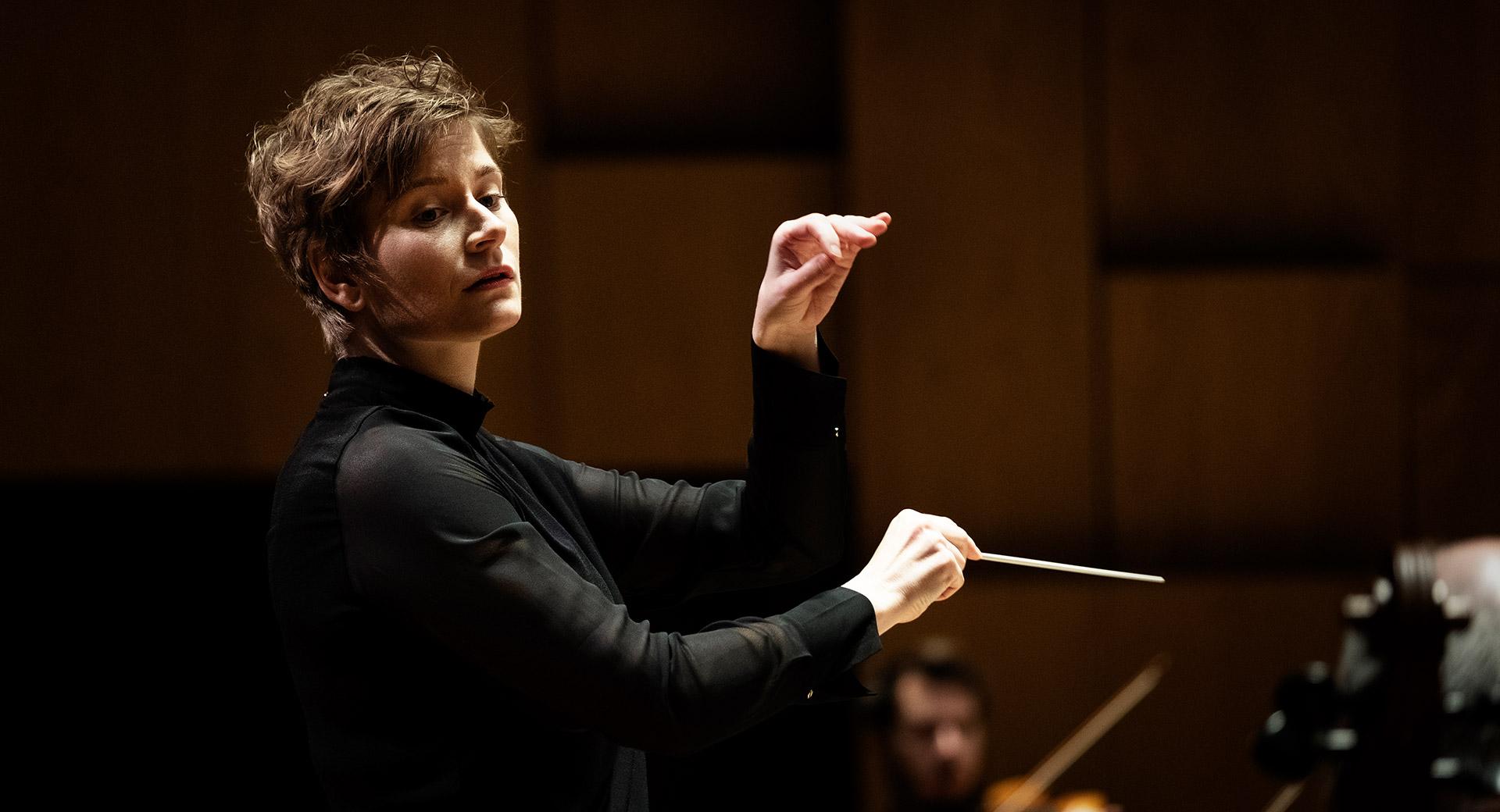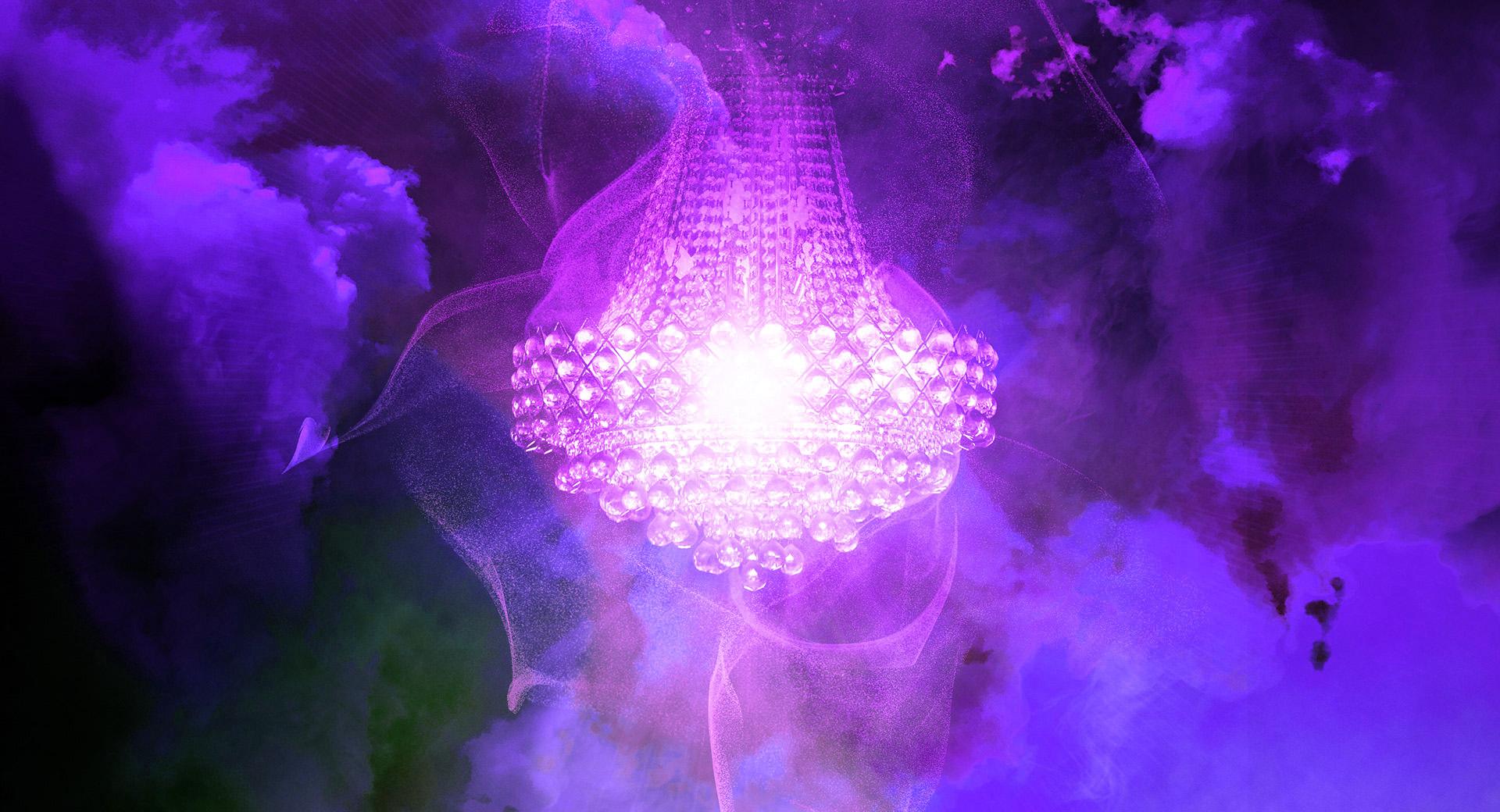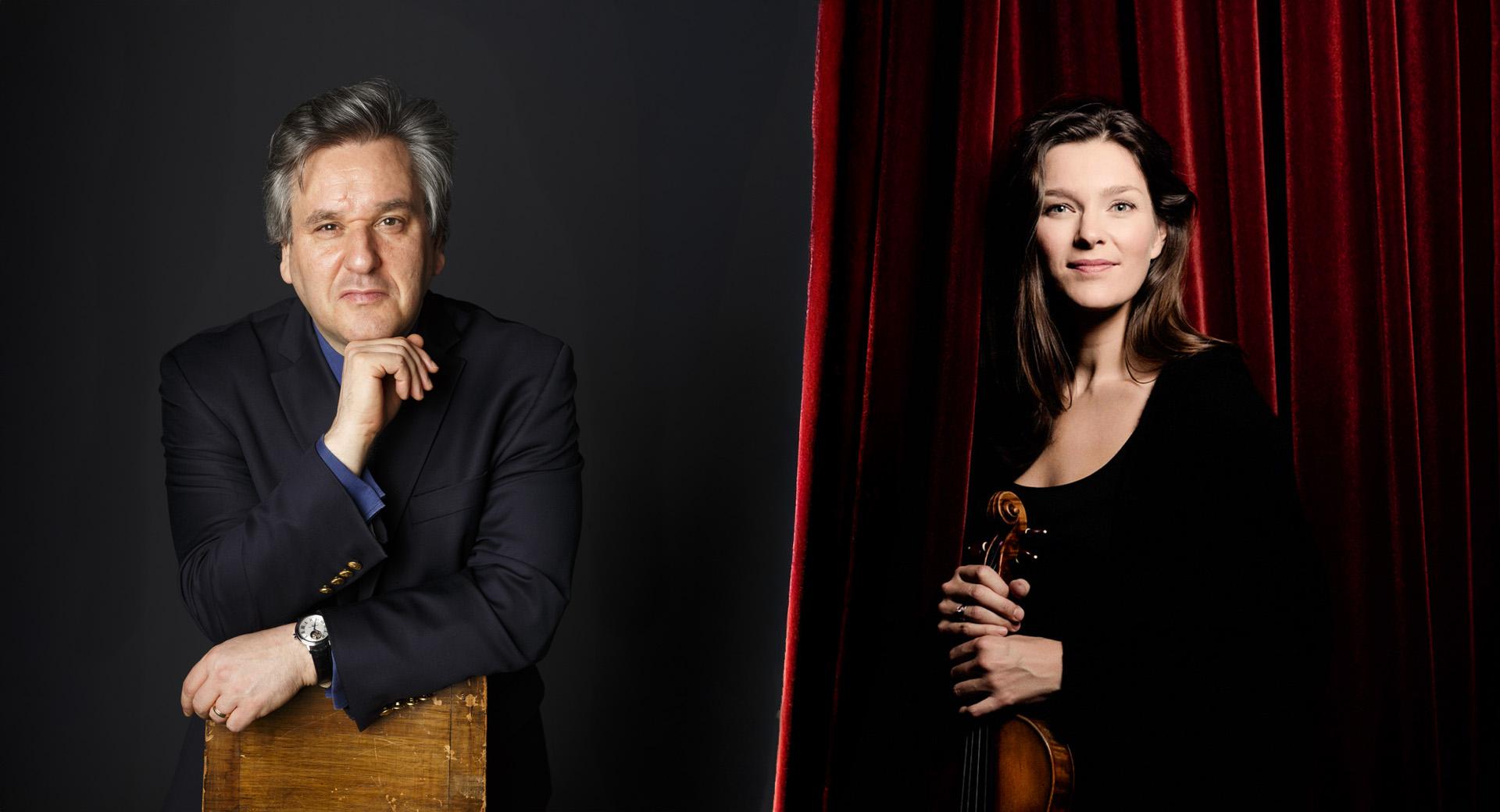Stravinsky’s The Firebird
Conductor Anja Bihlmaier leads the Swedish Radio Symphony Orchestra in a concert that opens with French nineteenth century composer Mel Bonis’ Trois femmes de légende, musical portraits of Ophelia, Salome, and Cleopatra. Via Modest Mussorgsky’s Night on Bald Mountain and Aram Khachaturian’s waltz from Masquerade, the concert ends with music from Igor Stravinsky’s The Firebird, composed for The Ballets Russes in Paris in 1910.
This production is part of one or more concert series.

Can’t get enough of Stravinsky? Don’t miss the Bonus concerto 5 November:
WILLIAM PAASO (2001–)
Symphony no 2 ½ – first performance 5’
JOHANNES BRAHMS (1833–1897)
Arr: B. Tommy Andersson
Symphony no 3 F major 5’
III. Poco allegretto
IGOR STRAVINSKY (1882–1971)
Octet for wind instruments 16’
Laura Michelin flute
Niklas Andersson clarinet
Henrik Blixt bassoon
Maj Widding bassoon
Keitaro Takada trumpet
Max Asselborn trumpet
Håkan Björkman trombone
Martha Eikemo Andersen trombone



